How to Choose the Best Facing Brick for Your Building
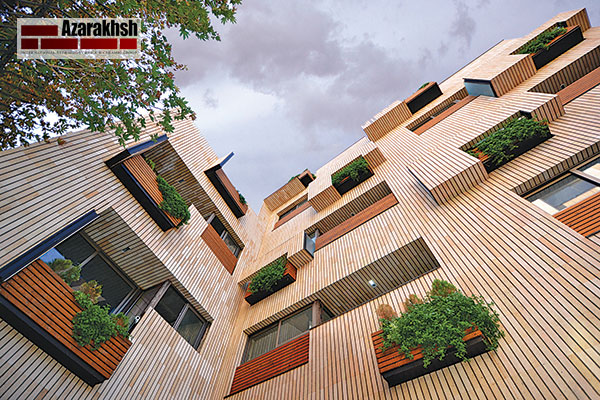
The façade of a building is the first impression our home leaves on others. Choosing the right facing brick not only ensures the structure’s beauty but also directly affects the durability and value of the property. In this article, we will take an in-depth look at the criteria for selecting the best facing brick.
With the wide variety of products available today and the differences in pricing on the market, making the right choice can be challenging. Our goal is to guide you through selecting the best facing brick for your building by examining various aspects, from technical features to installation and maintenance tips.
Key Criteria for Choosing Facing Bricks
When choosing facing bricks for a building, several essential criteria must be considered. These ensure the long-term beauty and durability of the building’s exterior.
1. Climatic and Environmental Conditions
Weather conditions play a decisive role in selecting facade bricks. Bricks should be chosen based on the geographical and climatic conditions of the area.
1.1. Different Types of Bricks for Various Climates:
- Cold and mountainous regions: require bricks resistant to freezing and with thermal insulation capability.
- Temperate and humid areas: Should use bricks with low water absorption.
- Hot and dry regions: Need bricks with thermal insulation properties.
- Hot and humid regions: Should use moisture-resistant bricks.
1.2. Architectural Style
Facing bricks should match the building’s architectural style. In modern architecture, bricks with smooth surfaces and neutral colors are typically preferred.
1.3. Compatibility with Other Materials
Chosen brick should be compatible with other materials such as stone, wood, and glass, to add visual diversity to the façade.
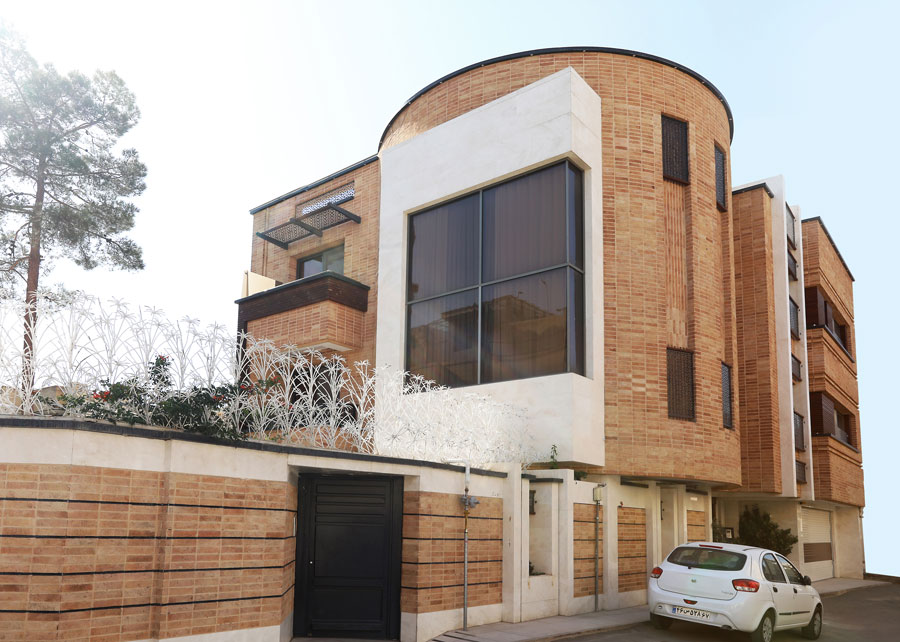
A mixed façade using Azarakhsh firebrick, stone, and glass.
2. Budget and Execution Costs
Several factors affect the cost of facing bricks, including:
- Color and size
- Type and quality of raw materials
- Preparation process and firing time
- Type of packaging
Firebricks and handmade (Qazakh) bricks are usually more expensive than regular bricks. However, a lower price doesn’t always equate to better value, as quality and durability are more important in the long term.
3. Technical Features of High-Quality Facing Bricks
Technical characteristics are among the most important factors in choosing facing bricks. Here are the key properties to consider:
3.1. Weather Resistance
High-quality facing bricks must resist various weather conditions. Studies show that firebricks are fired at 1250°C and can withstand temperatures up to 1000°C, making them less likely to be damaged in case of fire. They should also be resistant to moisture and acid rain.
3.2. Thermal and Sound Insulation
Facing bricks provide dual insulation:
- Thermal Insulation: Dense structure prevents energy loss.
- Sound Insulation: Can reduce noise up to 45 dB for a 4.5-inch thickness and up to 50 dB for a 9-inch thickness.
3.3. Strength and Durability
Facing bricks must be mechanically strong—resistant to pressure, bending, and impact. They should have a compact structure, resist wear, and erosion.
Qazakh bricks are known for high compressive and flexural strength and perform well under heavy loads and harsh conditions. Firebricks, due to their dense structure, have a longer lifespan compared to similar materials.
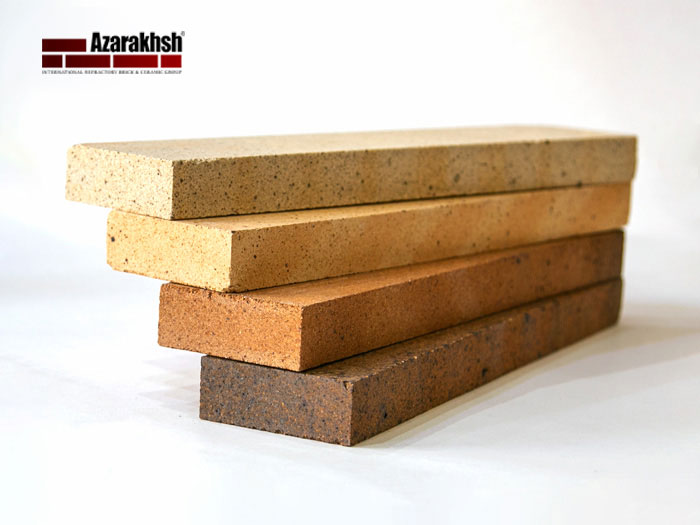
Comparison of Facing Brick Types
Various facing bricks are available in the building materials market, each with unique features. Below is a comparison:
Traditional vs. Modern Facing Bricks
Traditional styles emphasize classic and natural patterns, while modern styles use simple, minimal designs.
Firebricks are among the most popular types and are compatible with all climates. They are also highly resistant to fire and heat.
Firebricks vs. Regular Bricks
Key differences include:
- Heat Resistance:
Firebricks can withstand up to 1000°C, while regular bricks only resist up to 500°C. - Moisture Absorption:
Firebricks have higher density and no lime content, which gives them higher moisture resistance and minimal efflorescence. - Sound Insulation:
Due to their denser texture, firebricks perform better in soundproofing.
Advantages of Facing Bricks
- Easy access to raw materials
- Affordable compared to other materials
- High resistance to fire
- Stable color and resistance to sunlight
Disadvantages
- Susceptible to efflorescence and staining due to rain
- Possible holes and dirt accumulation over time
- Moisture absorption and potential for mold in some types
- Heavy weight, limiting use in high-rise buildings
Firebricks, made from fireclay, are one of the most modern types. They come in various colors and patterns and are ideal for building exteriors due to their resistance to weather, heat, and UV rays.
Facing Brick Buying Guide
Buying facing bricks requires careful planning. Here’s a comprehensive guide:
Calculating Required Area
Accurate area calculation is the first step. Use the following formula to calculate the number of bricks per square meter:
10000 ÷ [(brick length + 1) × (brick width + 1)] = bricks per m²
Important notes:
- For 10 cm thick walls: ~74 bricks per m²
- For 20 cm thick walls: ~148 bricks per m²
- Always buy 10–15% more than calculated to allow for waste
Choosing a Reputable Seller
We recommend considering:
- Purchasing from well-known brands
- Reviewing completed projects
- Ensuring product certification
- Checking packaging at delivery
- Warranty and After-Sales Service
Important points include:
- Warranty duration (usually 10–15 years)
- Post-sale support availability
- Return/exchange policy if unsatisfied
- Free consultation before purchase
Before buying, always examine a product sample. Maintenance is also crucial—applying a nano-coating 1–2 weeks after installation can prevent efflorescence.
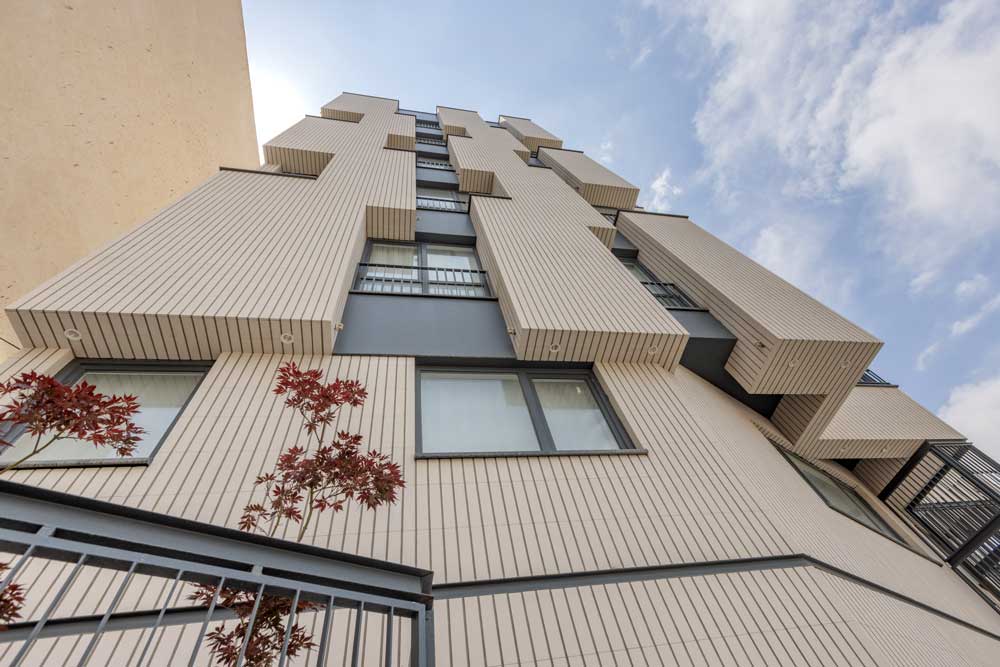
Azarakhsh Modern Firebrick Façade – grayish white Brick AB22401
Key Tips for Installation and Maintenance
Proper installation and maintenance are vital for extending the life and beauty of the brick façade.
Correct Installation Practices
- Surface preparation: Must be smooth and clean
- Use of spacers: For consistent spacing
- Proper installation method: The appropriate method should be chosen from among slurry, sand-cement mortar, adhesive, or dry installation, and precise joint sealing must be carried out to prevent water infiltration.
Maintenance Recommendations
Periodic inspection: Check joints and small holes
- Regular cleaning: Remove dirt as needed
- Regrouting: Several times a year
Surface protection:
- Use nano-coatings for durability
- Reapply every 3–4 years
- Wash with mild soap and water
Common Issues and Solutions
- Efflorescence: Use special nano materials to prevent and treat
- Surface stains: Use specialized brick cleaners; for tough stains, talc paste or Fuller’s earth can be used
- Excess mortar: Remove promptly; if dried, use a scraper
Conclusion
Choosing the right facing brick directly affects the beauty, durability, and value of your property. In this article, we reviewed the key criteria for selecting bricks—climate, architectural style, and budget are determining factors.
Technical features like weather resistance, insulation, and strength significantly influence the final result. Comparing various types and understanding the pros and cons help in making an informed decision.
Accurate area calculation, buying from reputable sources, and checking warranty and service are essential steps for a successful purchase. Proper installation and maintenance will extend the life of your brick façade.
Facing brick is a long-term investment. With the right choice and proper upkeep, it can ensure years of beauty and durability for your building’s exterior.






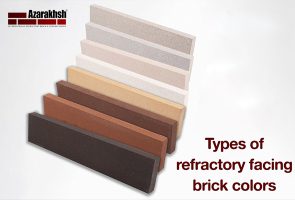
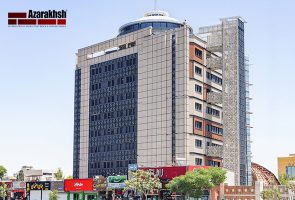
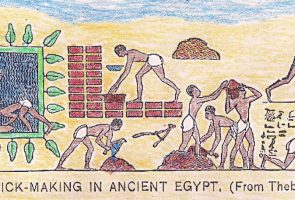
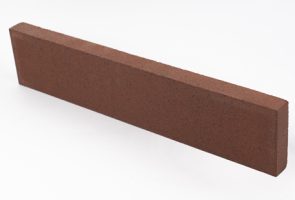

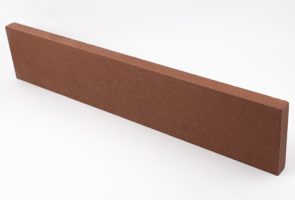

Comments
Your feedback is important to us. Please share comments or ask questions you haven’t found the answer to yet.